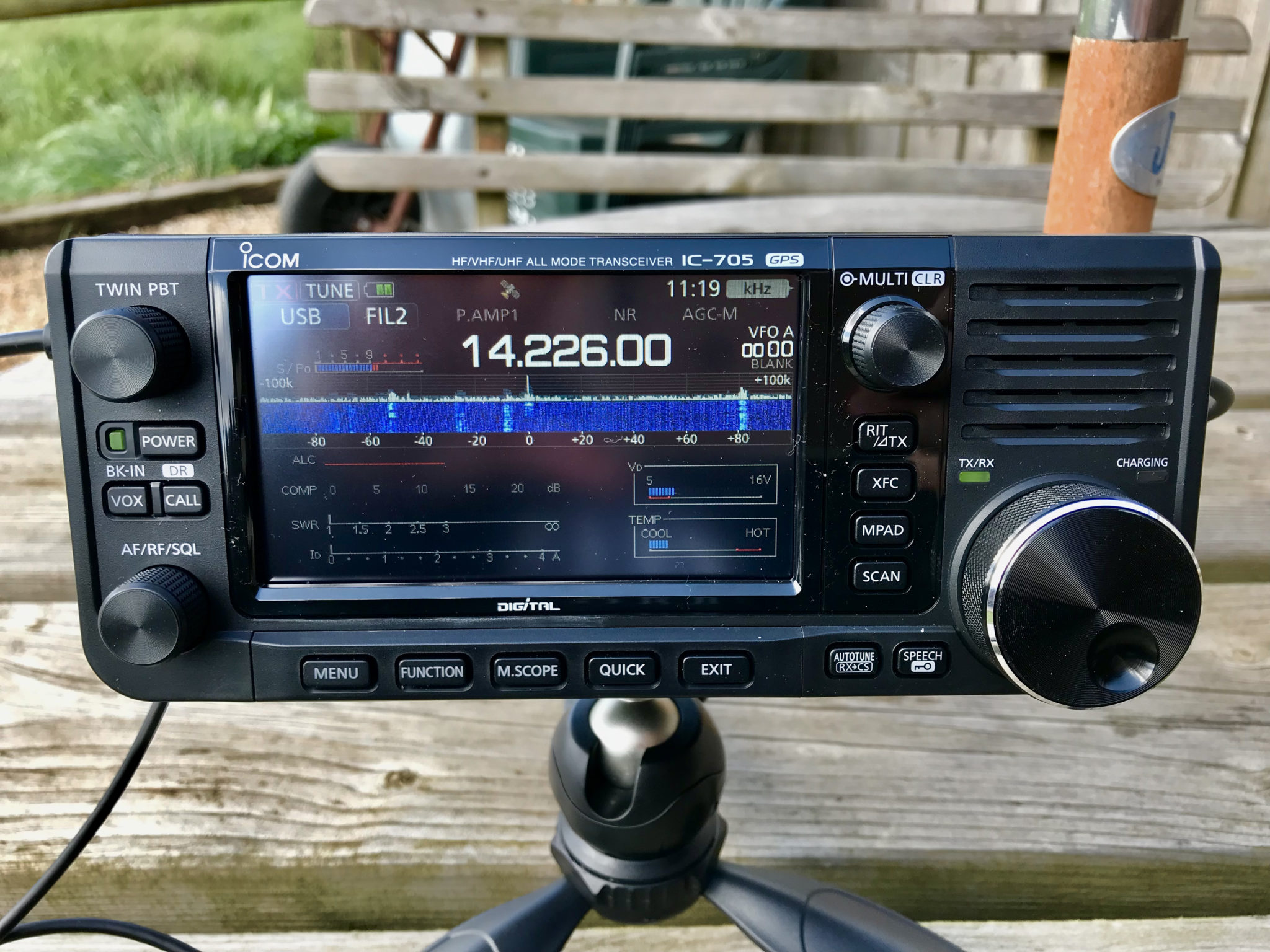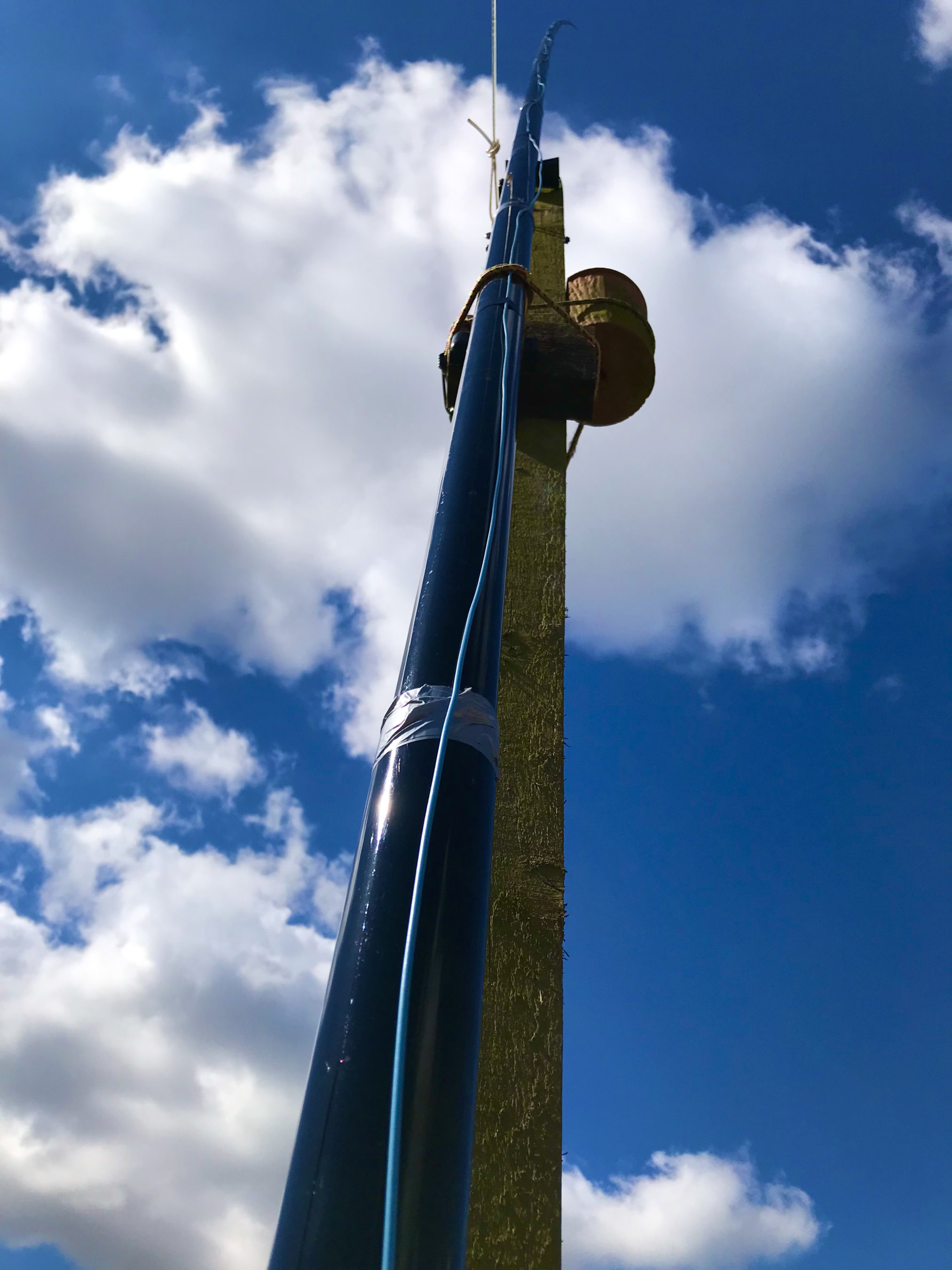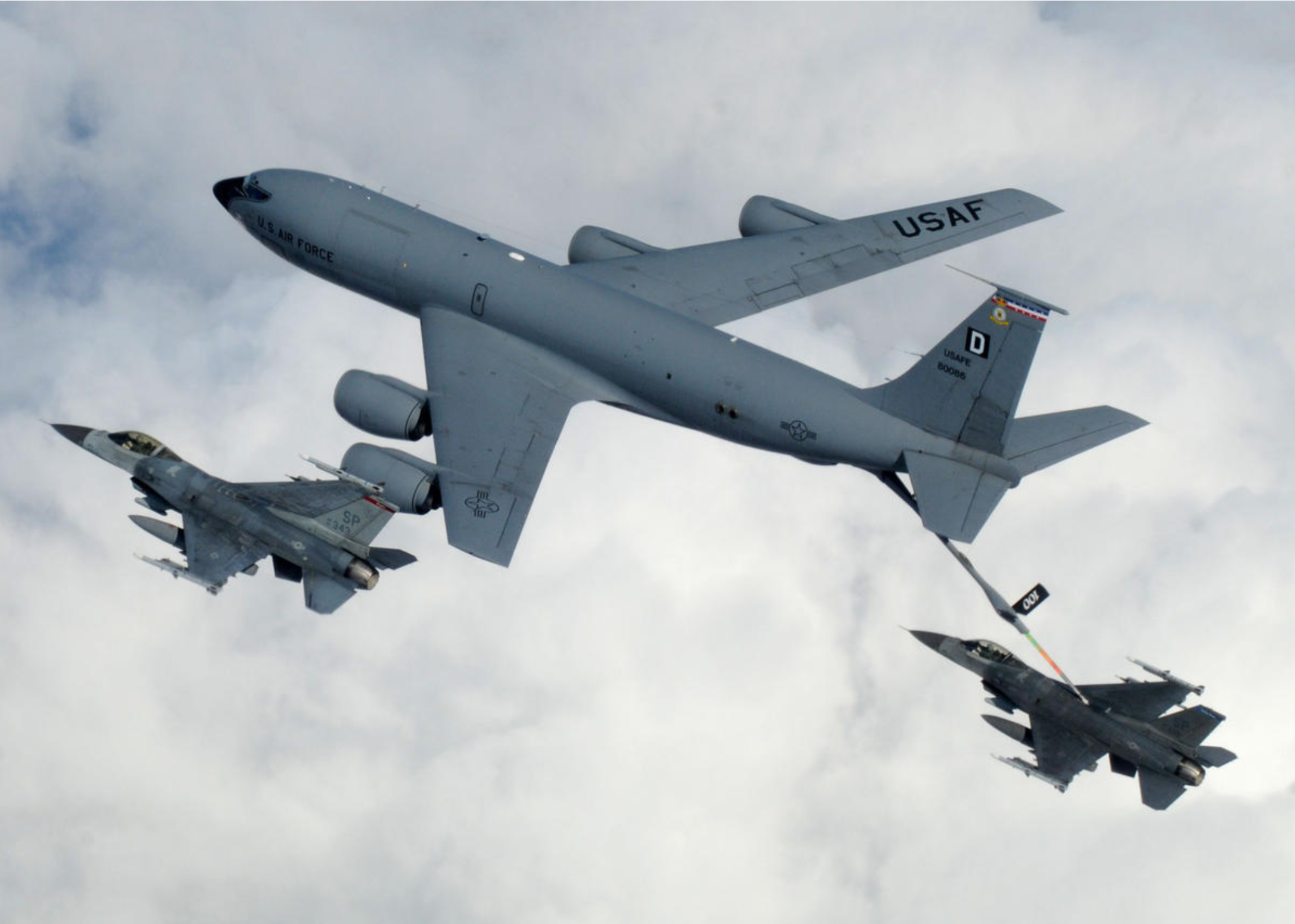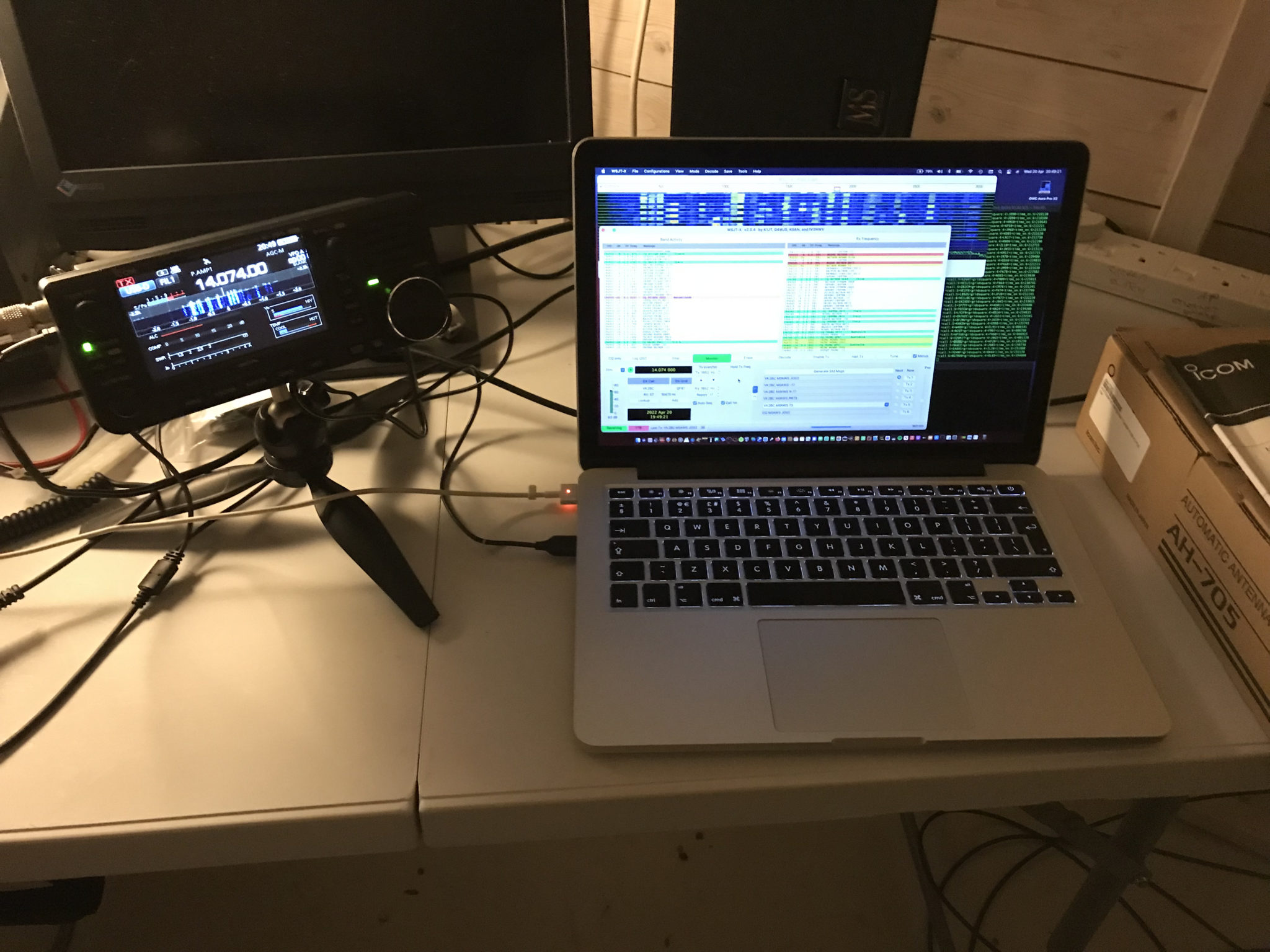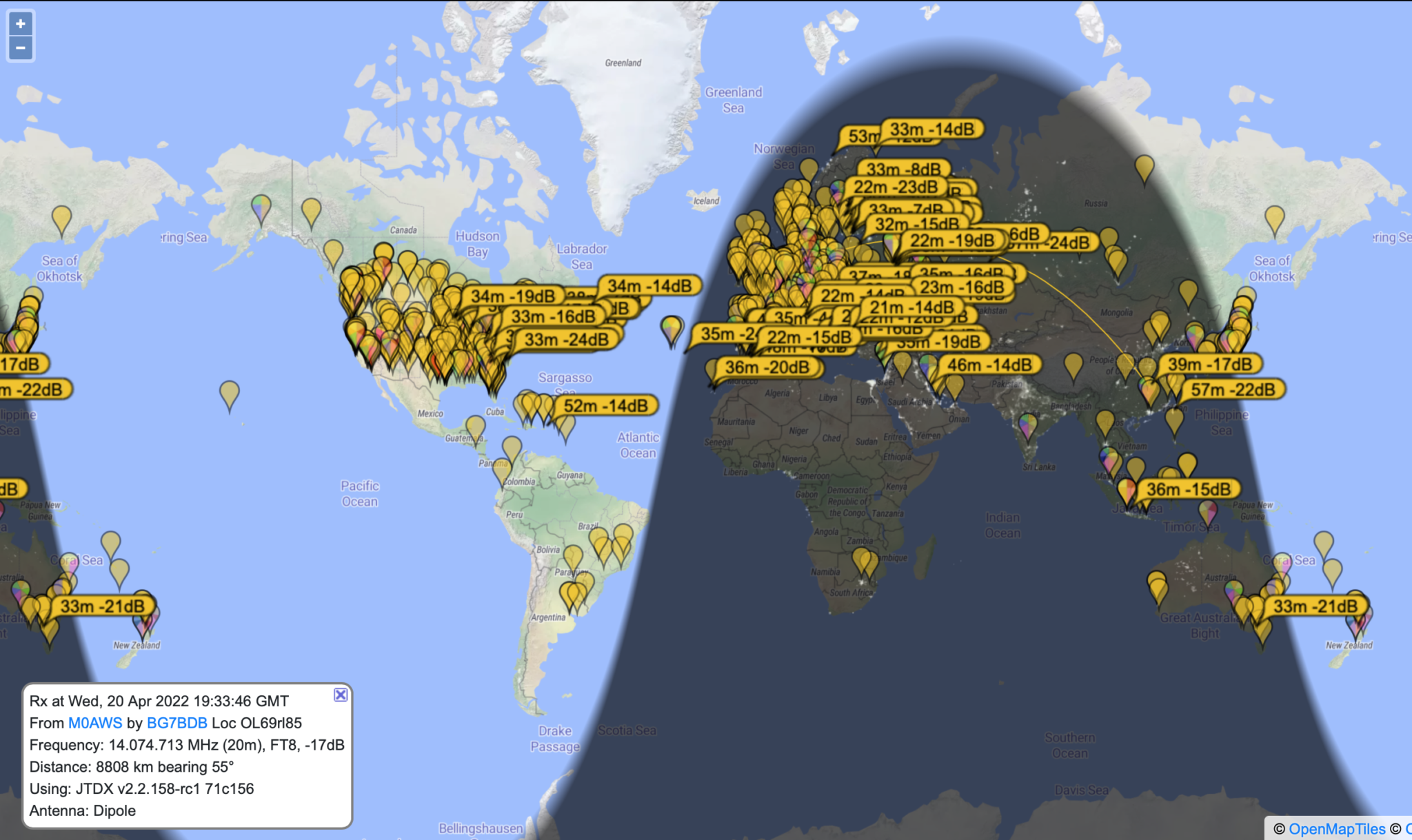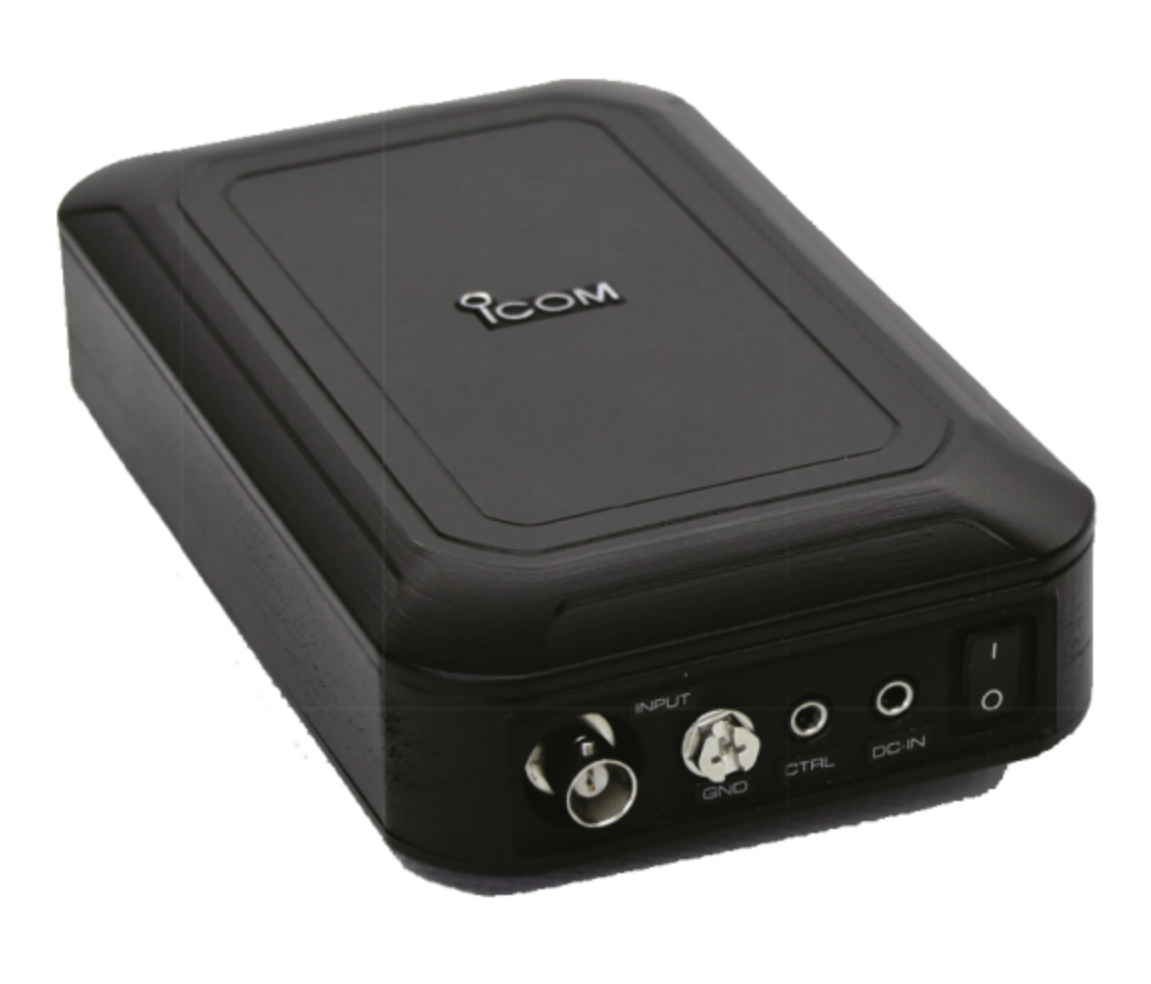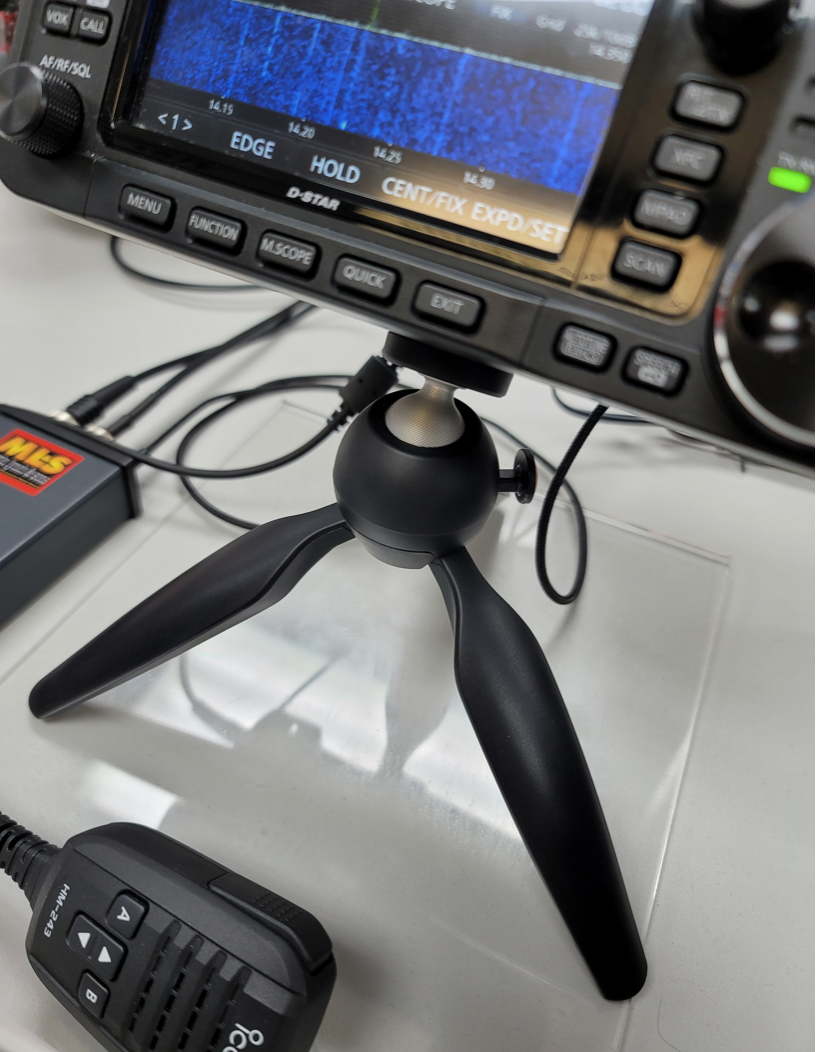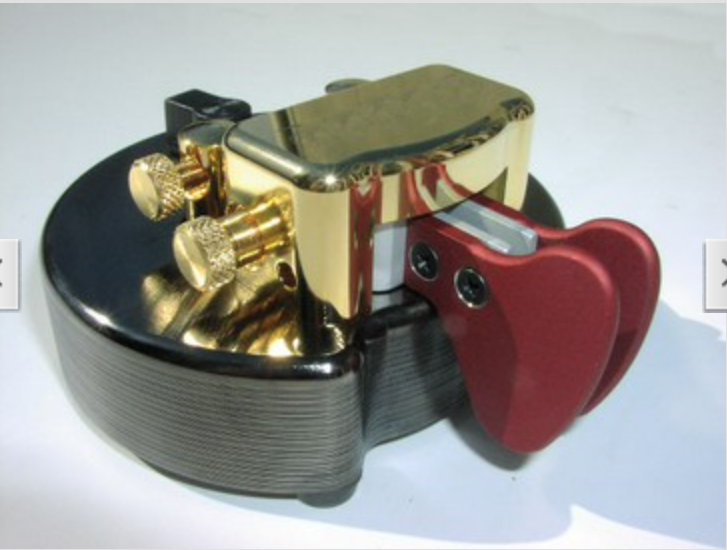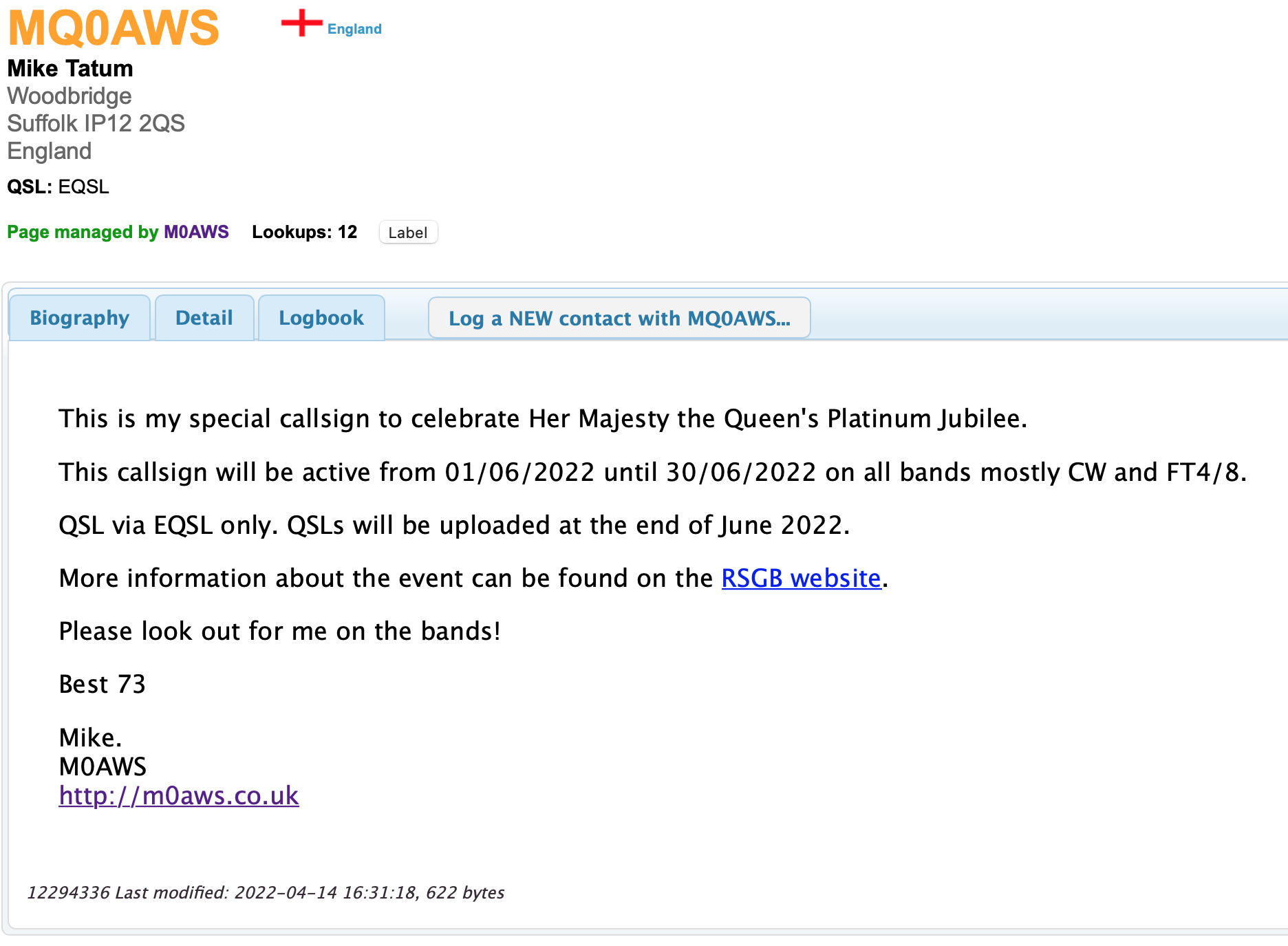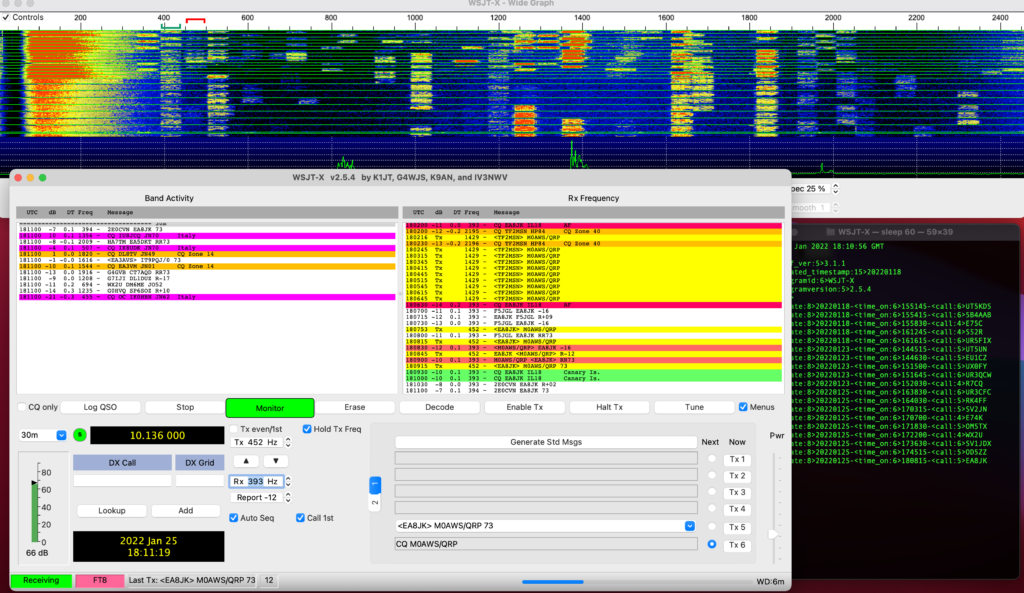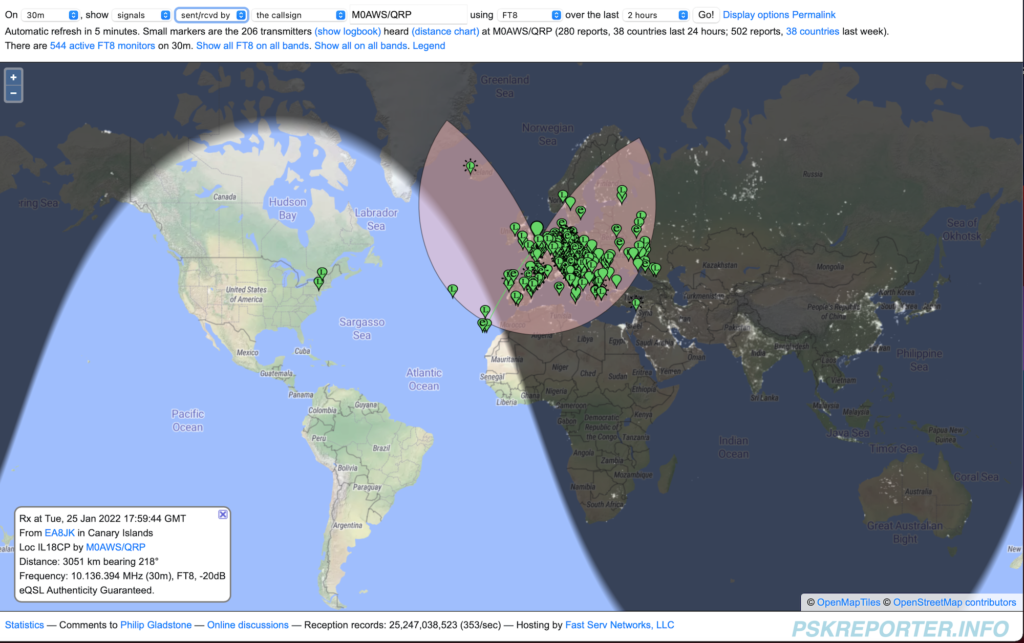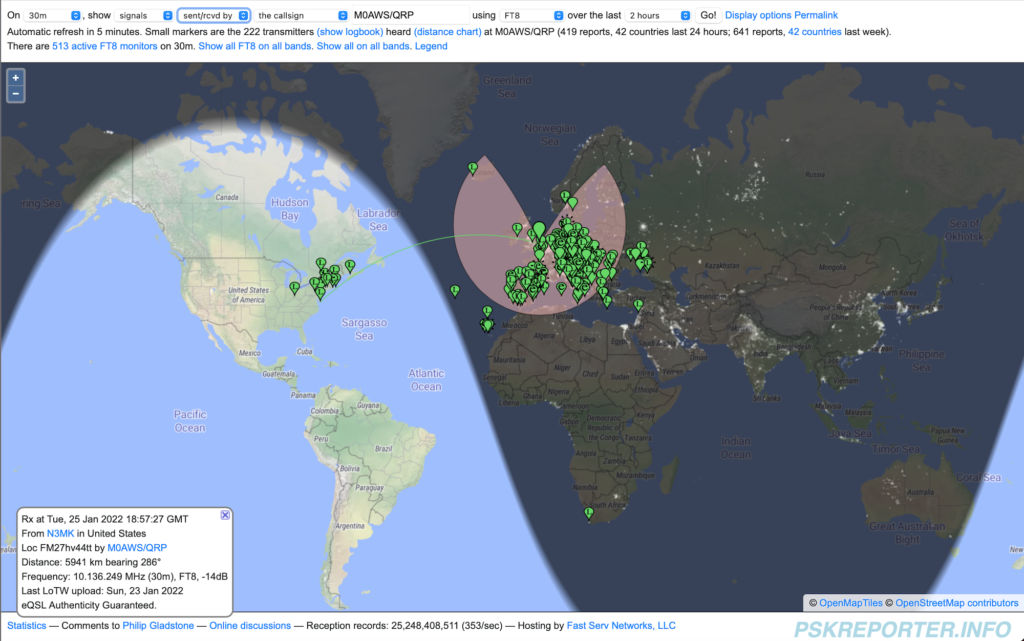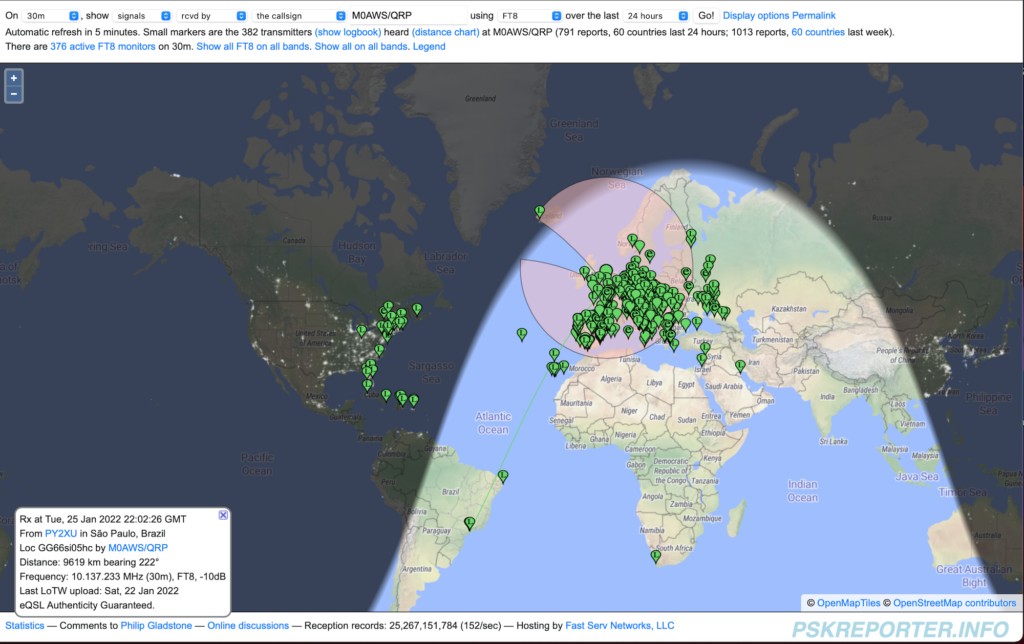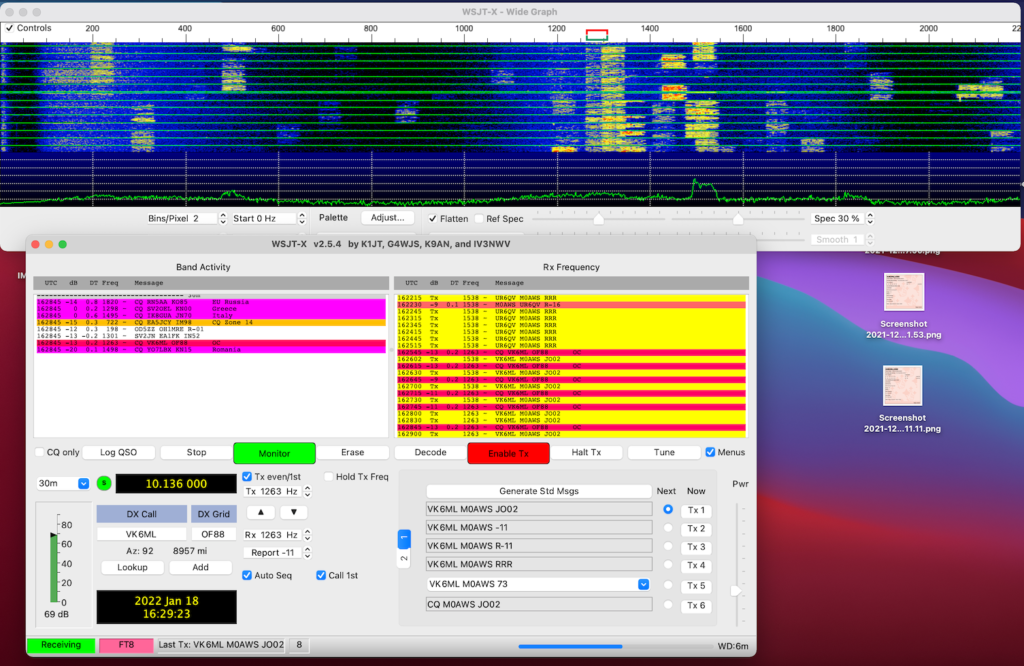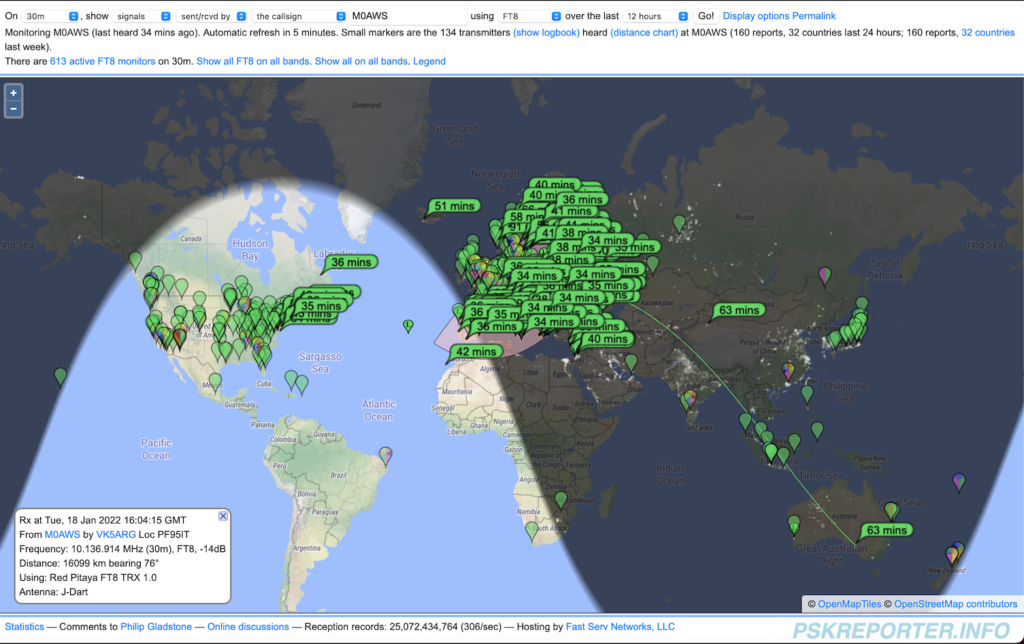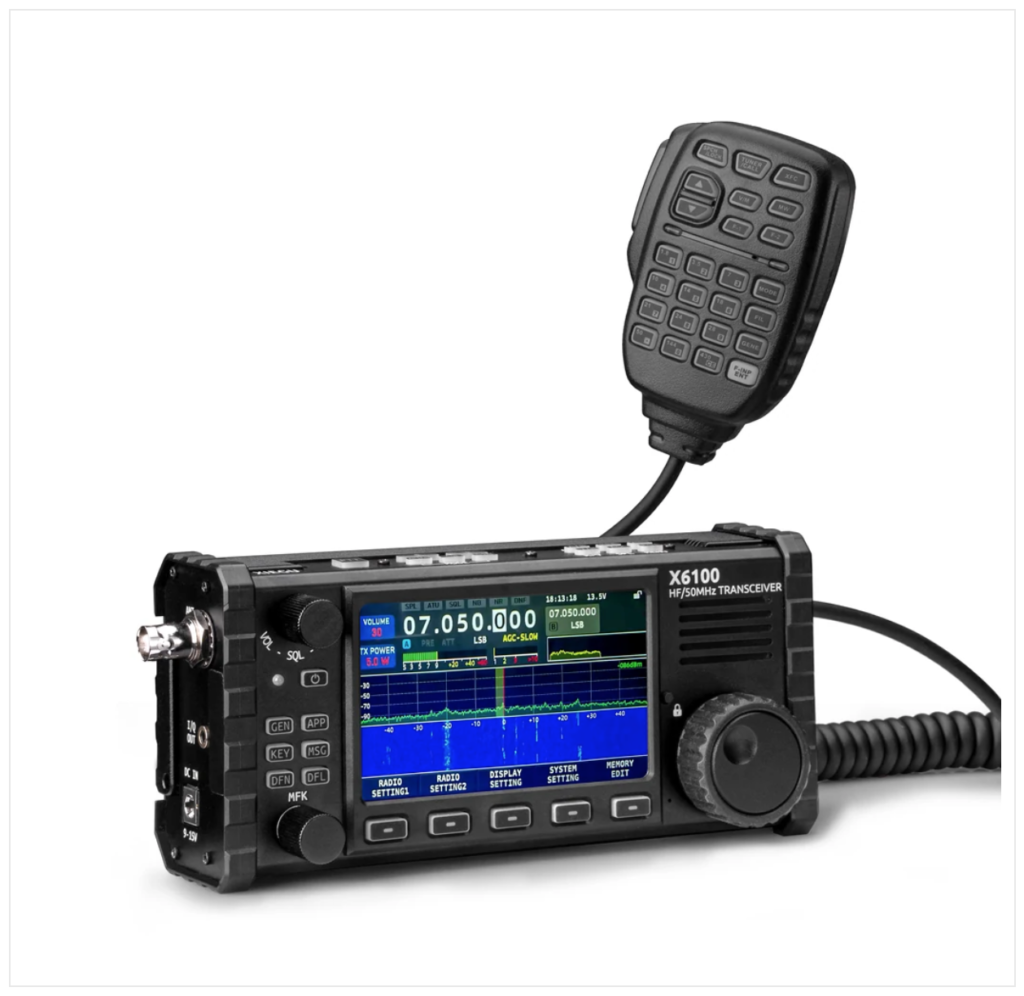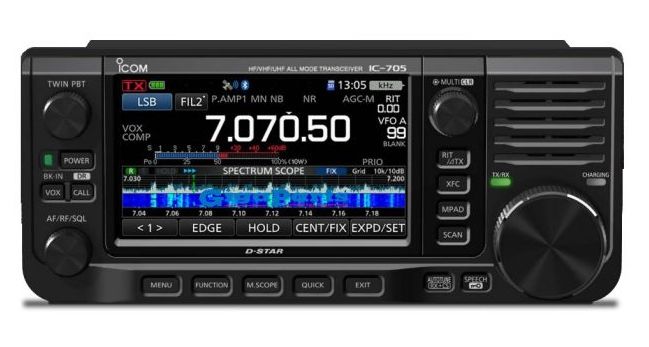After my disappointment with the Vine RST-TP1 twin paddle that I bought and subsequently returned to Martin Lynch and Sons due to the poor build quality and finish I continued my hunt for a morse key.
During my conversation with Tony, the sales manager at ML&S one thing he did say to me was that if I was really serious about morse code then there really was only one key to buy these days, a Begali from Italy.
Morse Code has always been my main mode ever since I passed my 12wpm morse test and obtained my M0AWS A class licence, it’s a mode I dearly love and get a huge amount of pleasure from. (It also helps to keep the little grey cells alive in retirement!)
So without delay I googled the Begali website and started looking at their offerings.
Begali do a fine range of twin paddle keys starting from €131.00 +VAT and shipping right up to almost €700+VAT and shipping, far more than I wanted to spend.
Having spent almost £180.00 inc VAT and shipping for the Vine RST-TP1 and being extremely disappointed with it I decided to spend a little more to ensure I bought something of quality that was going to last.
After much research and emails back and forth with Bruna at Begali I decided to buy the Begali Pearl in Palladium and Gold with red paddles.
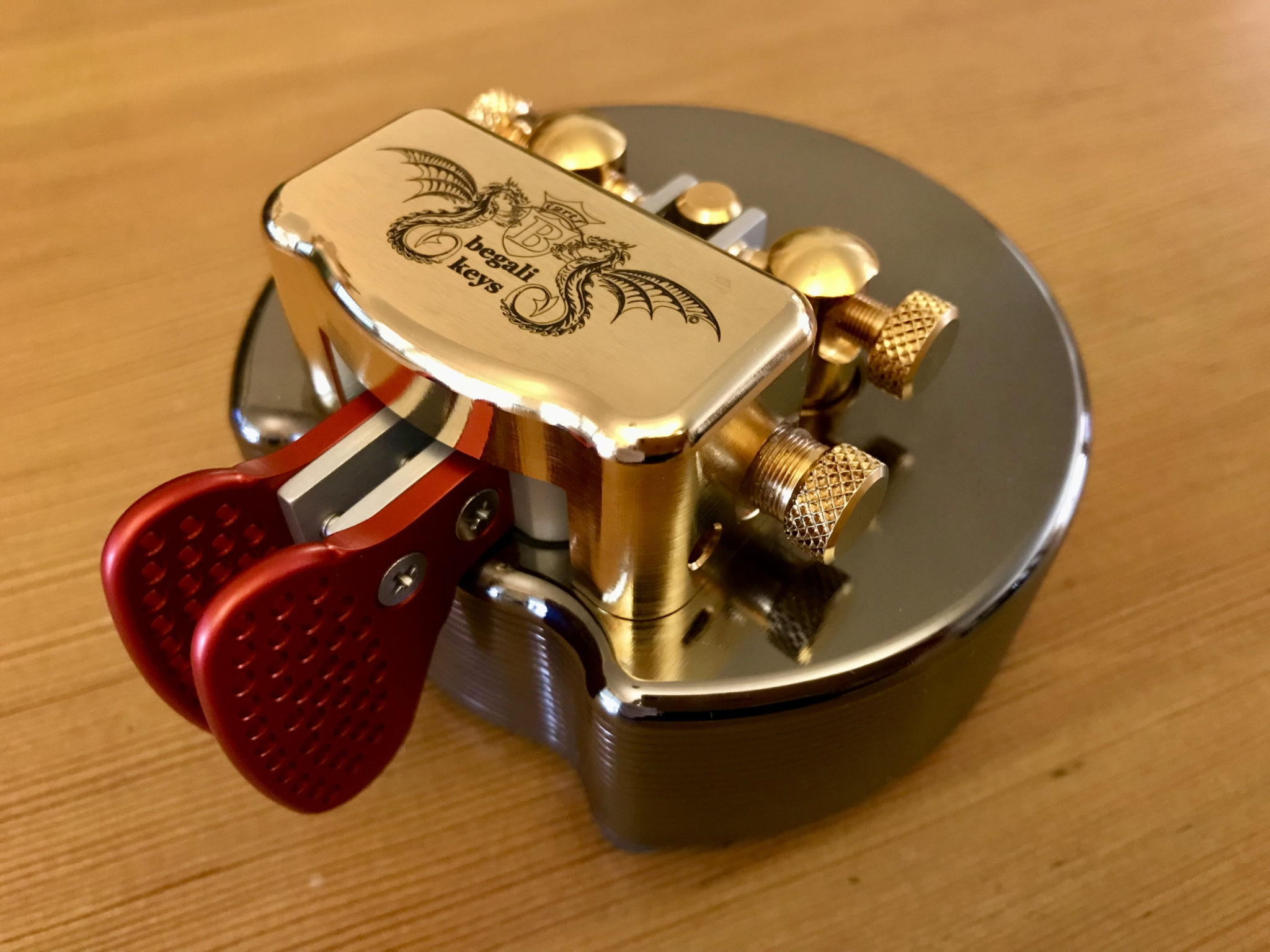
A couple of weeks after ordering the key arrived hassle free, a miracle considering the hassle Brexit has caused with import and export of goods between the U.K. and Europe.
Bruna at Begali assured me that they had a system in place that takes care of all the import taxes etc and that the delivery process would be smooth and trouble free, and indeed it was!
Upon opening the box I was taken by the sheer beauty of the key, beautifully finished, perfectly put together and well engineered. I knew this was going to be a pleasure to use before I’d even touched the paddles!
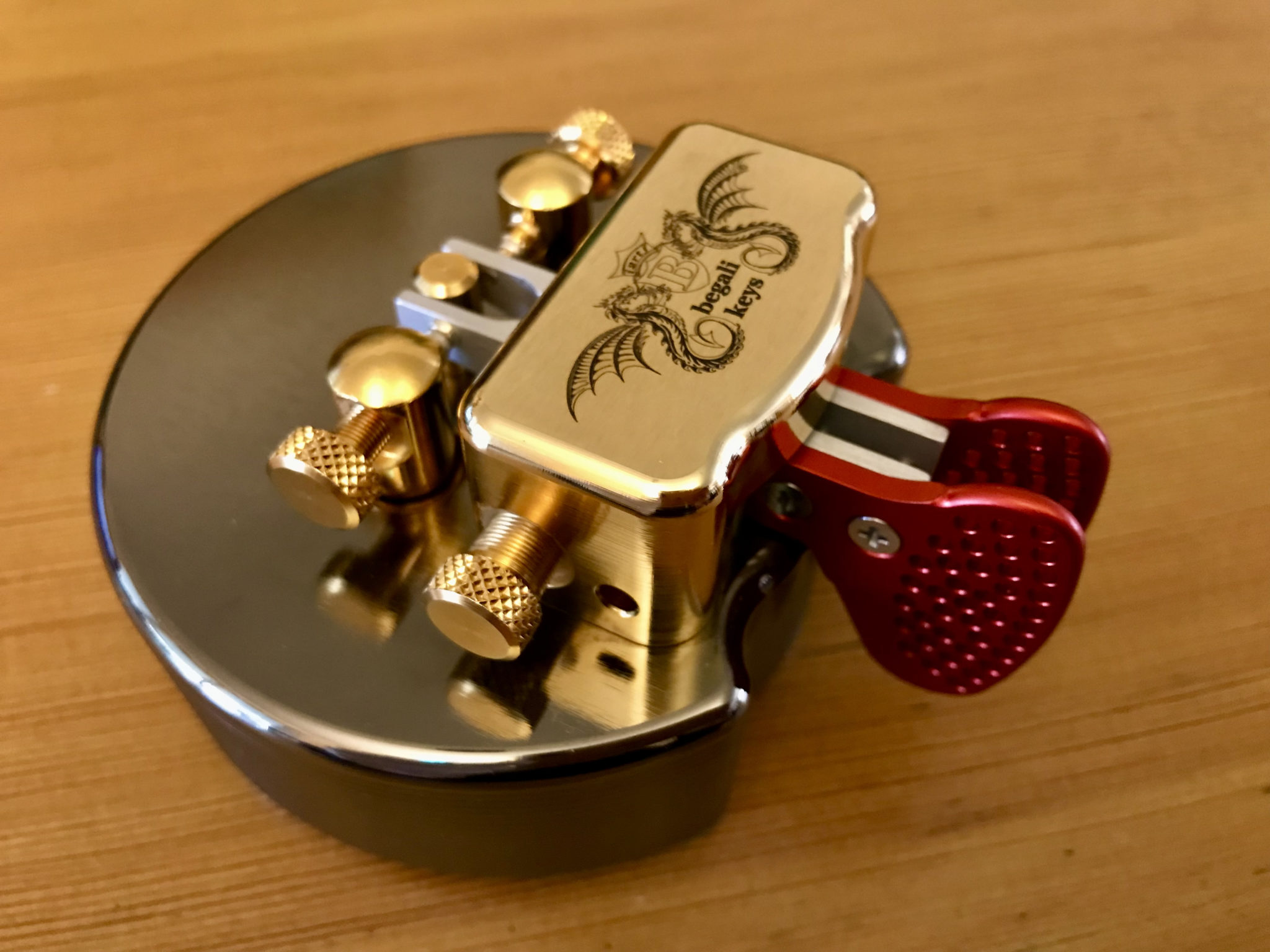

Being left handed I’ve had to setup both my Yaesu FTDX10 and Icom IC-705 such that the dit and dah are reversed on the paddles but, once done I felt at home with the key very quickly.
Having been out of the hobby for some 15 years my morse is a little rusty so I set about doing a fair bit of listening before trying to work stations. To my surprise I was soon decoding stations at 20wpm in my head albeit with a little more thought than it used to take but, accurate enough to have a go at working a few stations.
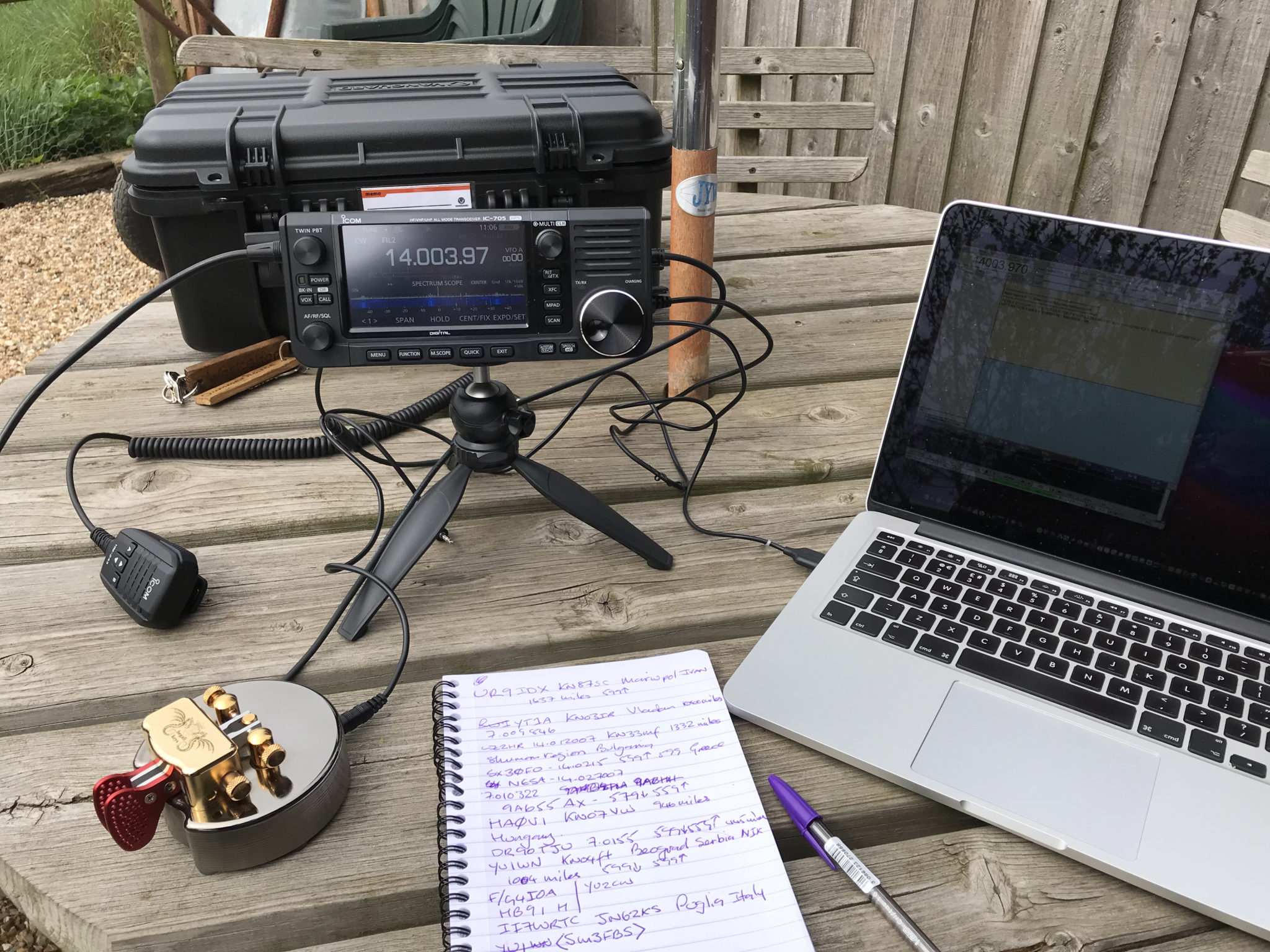
Using the key is pure delight, it’s light to the touch, responsive, infinitely adjustable, comfortable and a joy to use. I knew right away that I had made the right decision.
At 1.7kg it’s a heavy key which ensures it doesn’t move around the desk no matter how hard you lean on it. I find the key really relaxing to use as it only needs a gentle touch to bring the contacts together. Adjustment is super accurate thanks to the very fine threaded adjuster screws that have been beautifully machined.
It’s clear from the moment you get a Begali Pearl out of the box that it has been made with care and pride, something that is a rarity today.

I’ve decided that this key is going to be my main station key and will spend most of it’s life connected to my Yaesu FTDX10 radio, that means I need another key to go into my portable case with my IC-705. I’ve already made the decision what it’s going to be, of course it’ll be another Begali, the Simplex Basic Twin Paddle.
I’ll be putting the order in very soon Bruna!
More soon ….


